Bunker Shot Tips And Drills - The Key To Escaping The Sand
In this video, PGA pro Nick Drane runs through some simple bunker shot tips and drills
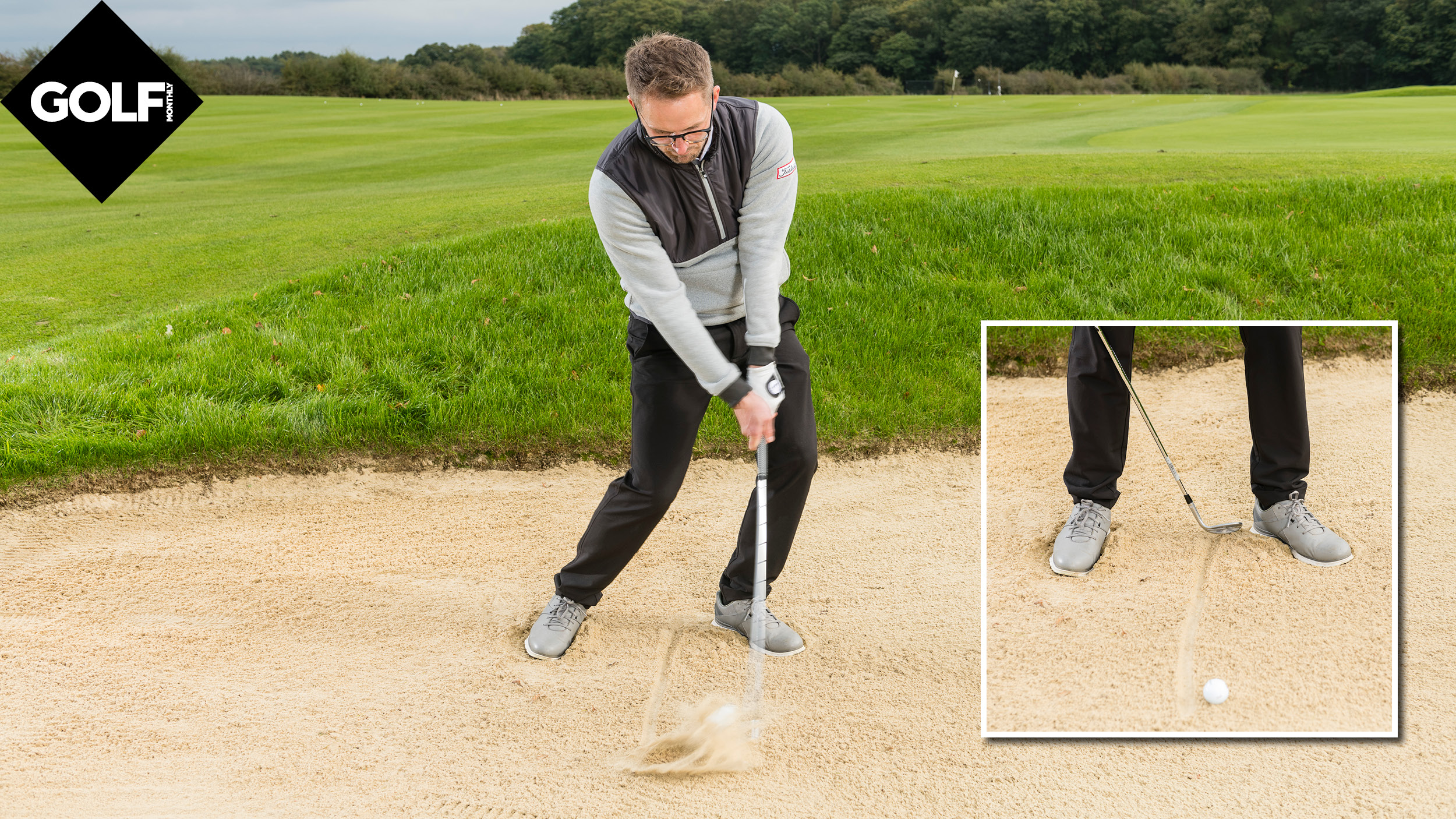

Golf Monthly created this content as part of a paid partnership with Titleist. The contents of this article are entirely independent and solely reflect the editorial opinion of Golf Monthly.
Bunker Shot Tips And Drills
The sand can be quite a daunting place for amateurs and can often result in some card-wrecking numbers. In the video and article below, PGA pro Nick Drane shares some simple bunker play tips that will help you get over your demons and escape the sand with ease.
One of the most common faults I see is where players try to help the ball out. Are you constantly catching the ball fat and leaving it in the sand? Perhaps you have a tendency to thin the ball straight through the green? Believe it or not, these two terrible results often come from the same technical root cause.
In an effort to escape the sand, golfers will often lean back to try and add as much loft to the shot as they can. They'll have too much weight on their back foot - and this can lead to a scooping action. Fat and thin strikes are card-wreckers, but get the basics right and you'll soon start to get the contact spot on and hit the ball closer to the flag.
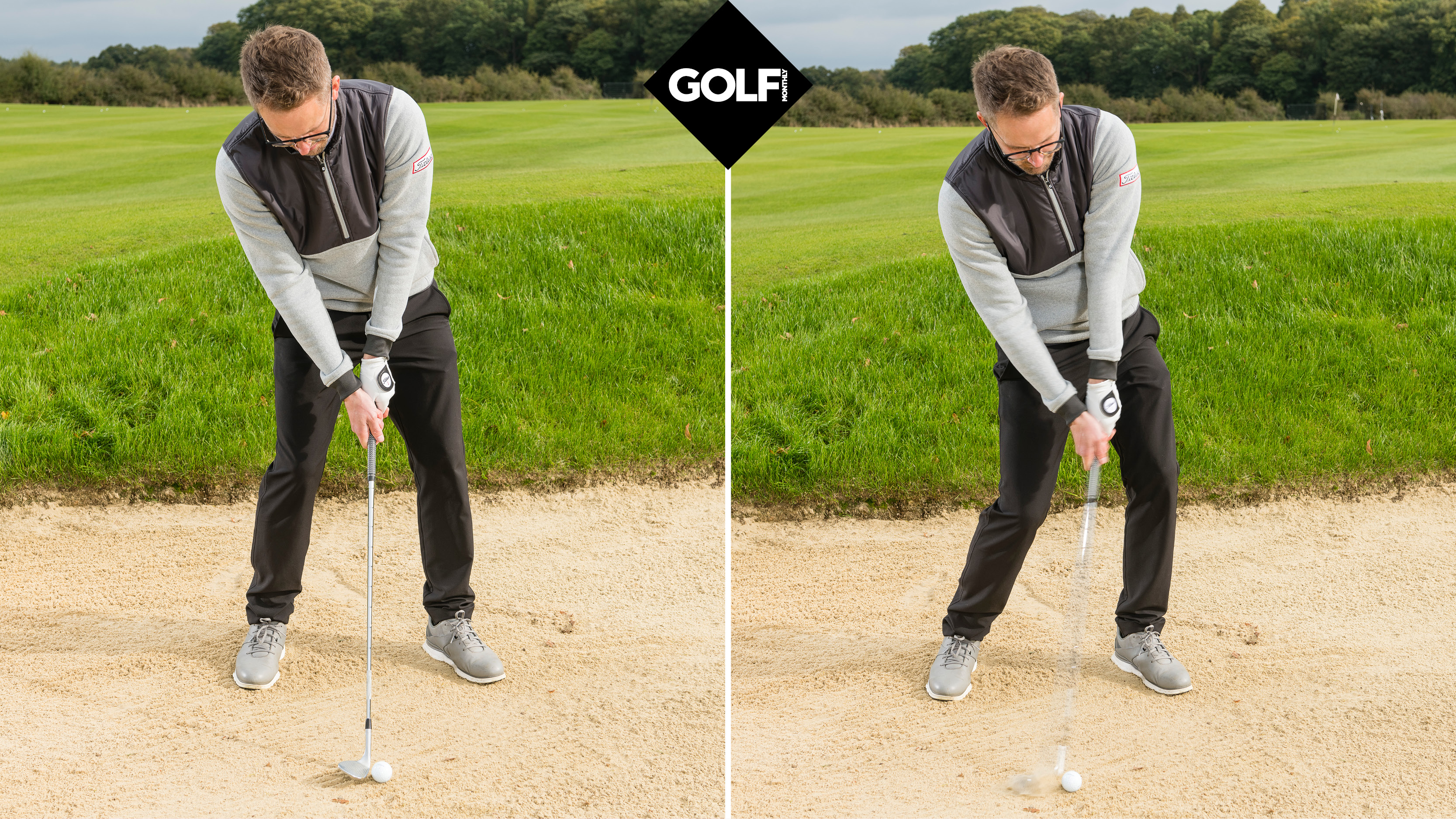
Leaning back and scooping is going to cause you to thin the ball or hit it fat
The set-up
Typically, when playing a greenside bunker shot, you're going to use the most lofted club in your bag - so depending on your wedge line-up, 56°, 58° or 60°. This is the only shot in golf where you're not actually trying to hit the ball - you're looking to make impact with the sand behind it.
Start by shuffling your feet into the sand. This is important as it lowers you into the ground, helping you to make contact just before the ball. Plus, it gives you the ideal stable base to swing from. For this reason I also like to take a nice wide stance.
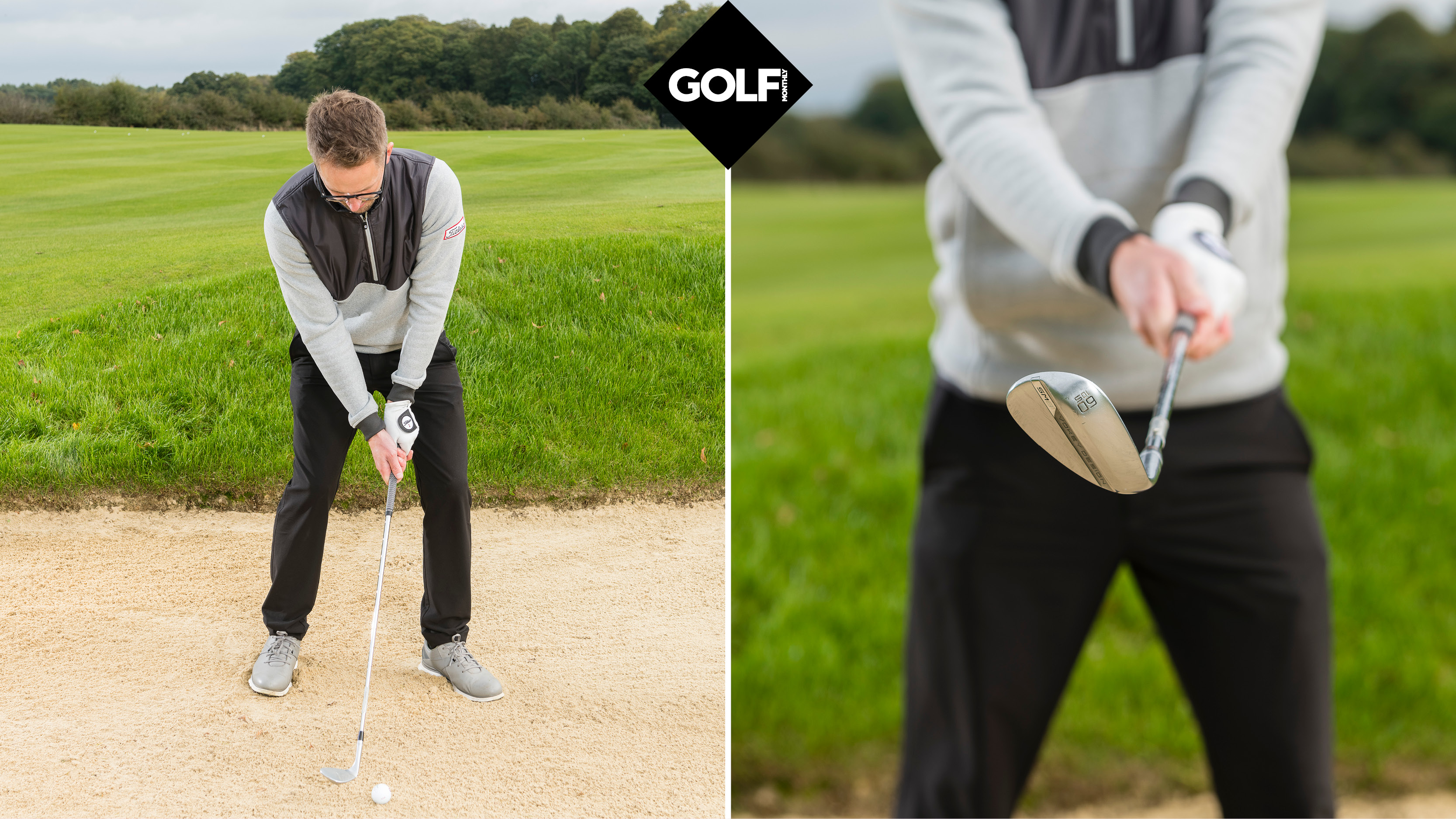
Make sure you've got a wide base, have shuffled your feet into the sand and opened the face properly
Then open the face of the slightly, after which take your grip. By doing this you'll be adding bounce to the club which is exactly what you need when playing this type of shot.
Get the Golf Monthly Newsletter
Subscribe to the Golf Monthly newsletter to stay up to date with all the latest tour news, equipment news, reviews, head-to-heads and buyer’s guides from our team of experienced experts.
Sand first, weight forward
Below, note how the line of the leading edge of the club is pointing towards the left toe. The left foot is also turned out slightly, which is going to allow a fraction more weight to be set on the lead side - maybe 60/40. This is going to make it easier to turn through the shot.
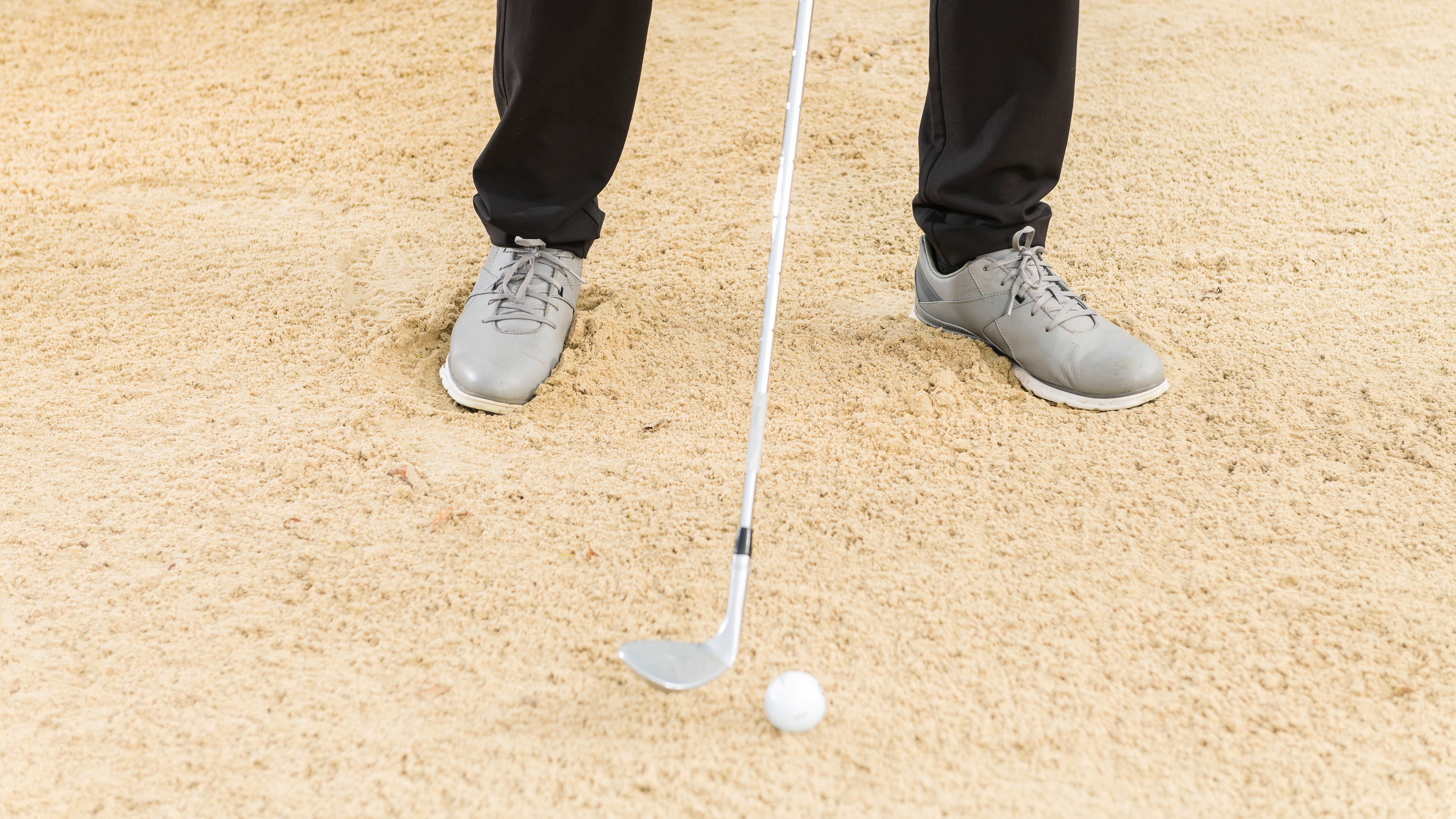
Flaring your front foot out will help you get more of your weight forward
Finally, the perfect ball position should be a couple of inches forward of where you'd normally have it when playing a wedge shot off the grass. This is what a good address position for a bunker shot looks like and it is worth devoting some time to grooving it in practice.
Draw a line
How much sand should you take for perfect bunker shots? It's a common question golfers ask, so here's a great drill to help. Draw a line about a clubhead's width inside your lead heel, behind the ball. Now you can now focus on hitting that line, not the golf ball itself. Make a three-quarter backswing and finish with almost all of your weight towards the target.
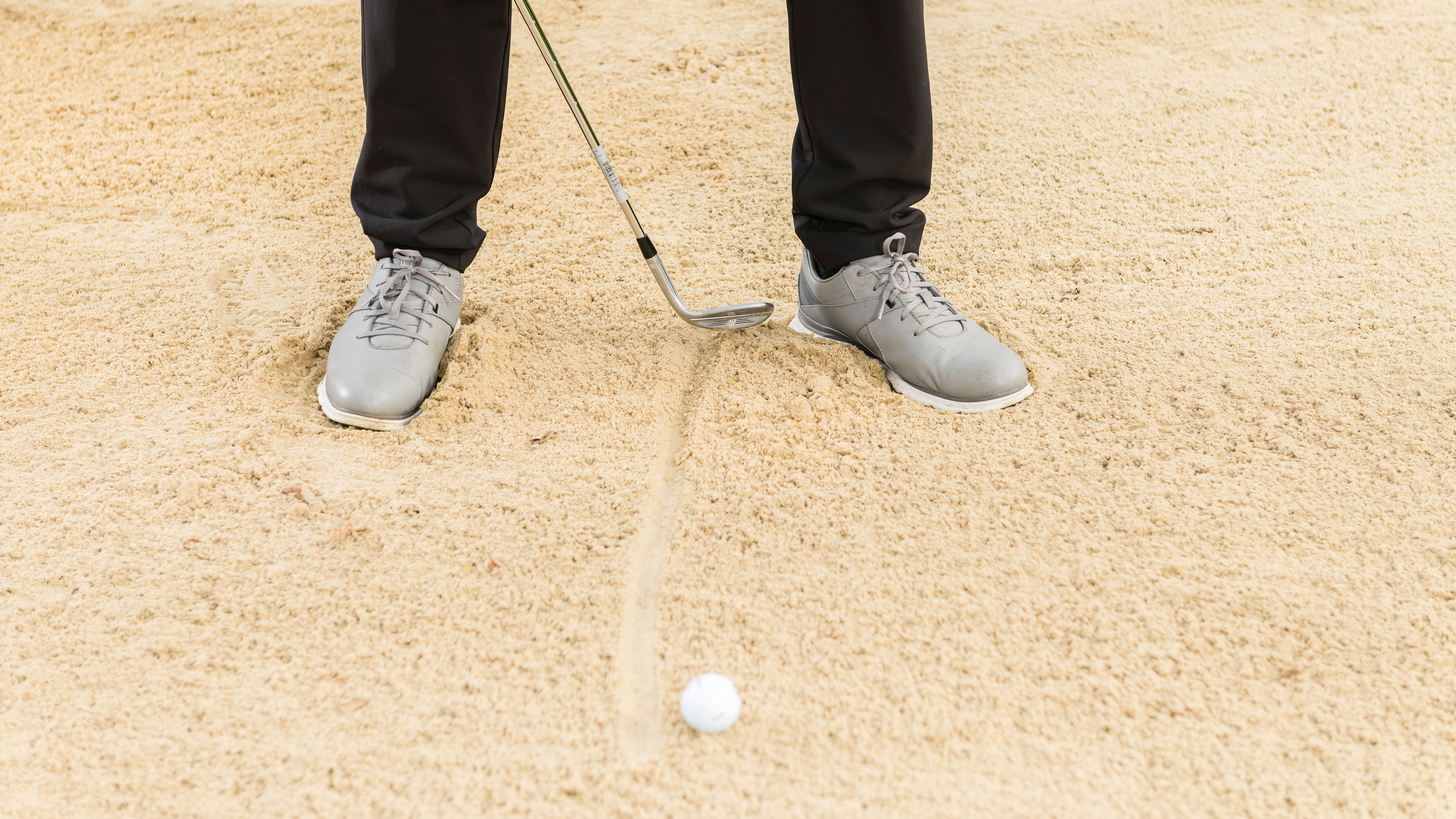
Try this drill to improve the consistency and quality of your strike
It is important that you commit to the shot here - often players decelerate towards impact and this causes the club to get stuck in the sand. So make sure that you rotate through to your finish position and that will help you control the low point much better.
Follow these simple bunker shot tips and drills and you'll improve the quality of your bunker play in rapid time.

Michael has been with Golf Monthly since 2008. A multimedia journalist, he has also worked for The Football Association, where he created content to support the England football team, The FA Cup, London 2012, and FA Women's Super League. As content editor at Foremost Golf, Michael worked closely with golf's biggest equipment manufacturers and has developed an in-depth knowledge of this side of the industry. He's a regular contributor, covering instruction, equipment, travel and feature content. Michael has interviewed many of the game's biggest stars, including seven World No.1s, and has attended and reported on numerous Major Championships and Ryder Cups around the world. He's a member of Formby Golf Club in Merseyside, UK.
-
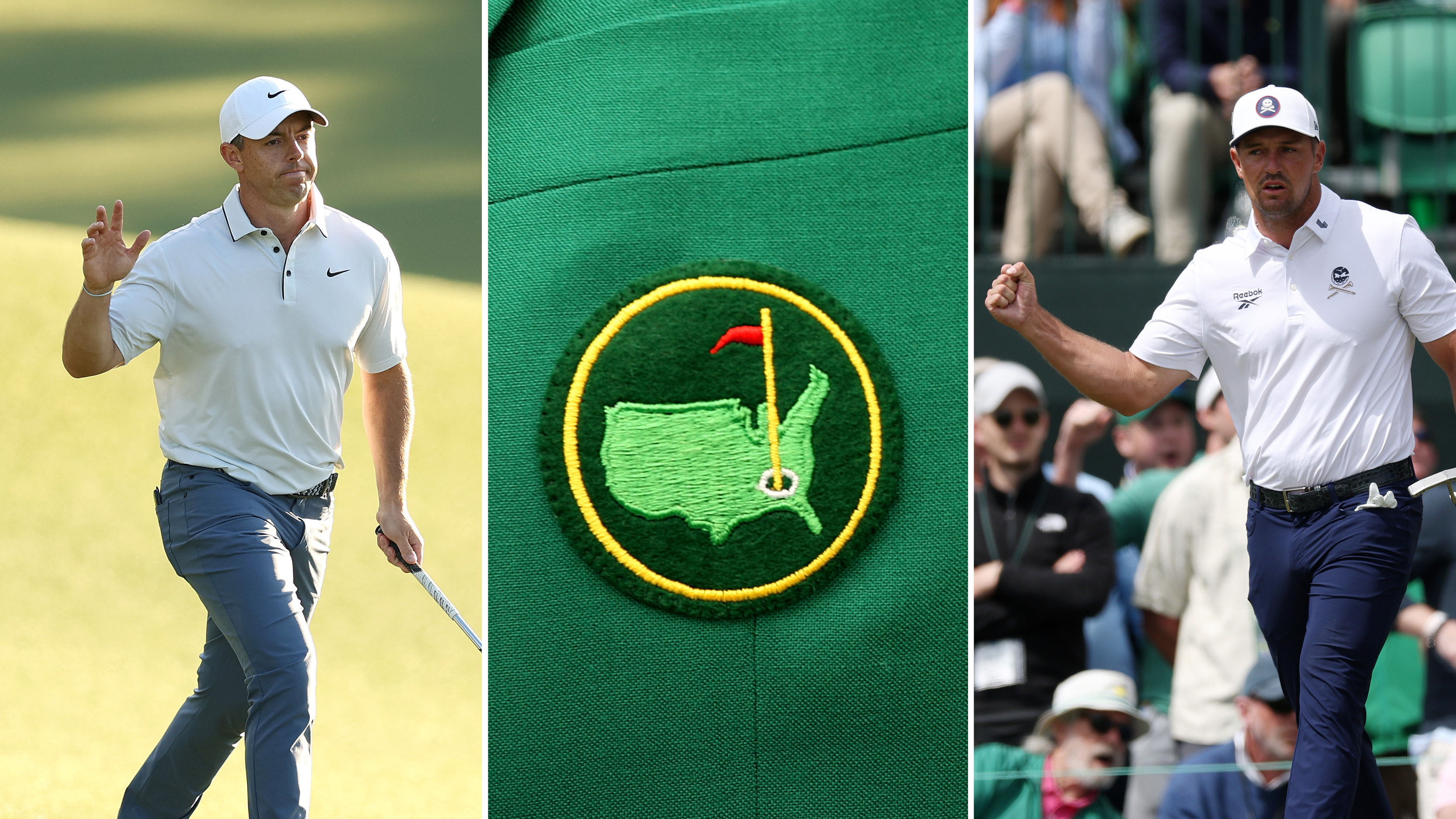 Rory McIlroy vs Bryson DeChambeau: Who Are We Picking To Win The 2025 Masters?
Rory McIlroy vs Bryson DeChambeau: Who Are We Picking To Win The 2025 Masters?We're set up for a blockbuster final day at Augusta National where Rory McIlroy and Bryson DeChambeau play together in the final group
By Elliott Heath Published
-
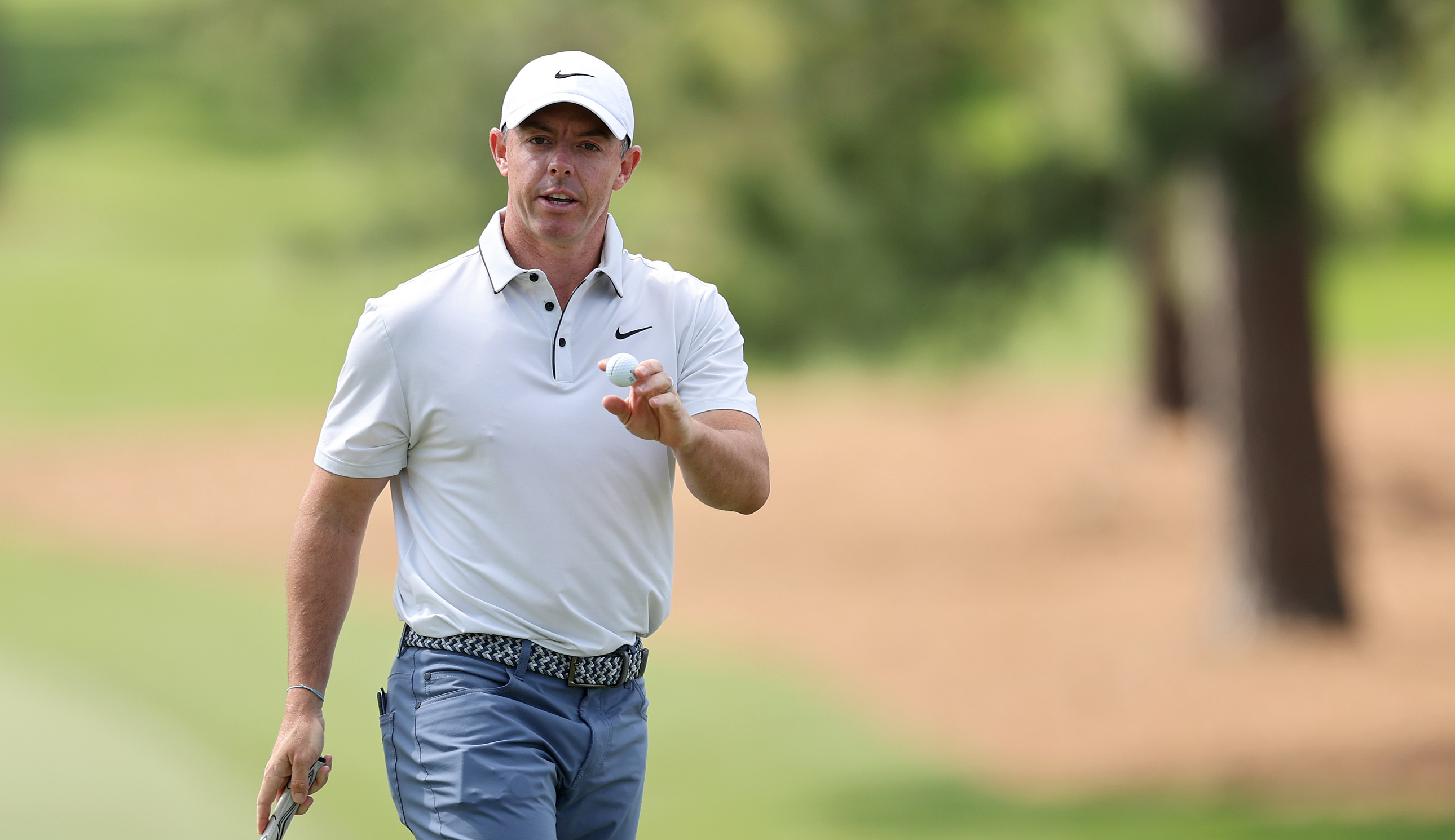 The Masters Crystal Rory McIlroy Has Already Won At Augusta National This Week
The Masters Crystal Rory McIlroy Has Already Won At Augusta National This WeekMcIlroy leads going in to the final round at Augusta National, with the four-time Major winner already bagging some silverware before he looks to claim the Green Jacket
By Matt Cradock Published